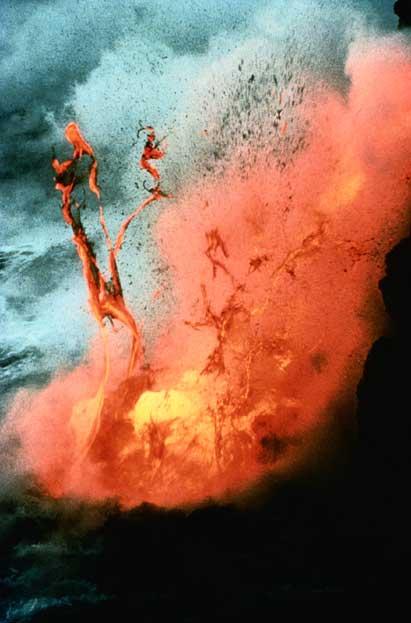Eruptions and climate change

Experts have known for a long time that the big eruptions affect the climate, since the ash layer poured into the atmosphere prevents the passage of solar rays with full force. An example of this is the Pinatubo eruption in the Philippines in 1991, which for several years reduced the world average temperature by 0.25 degrees.
Therefore, it has been considered that the supereruptions could cause a mortal winter throughout the planet. Supereruptions are much larger than ordinary eruptions and occur every approximately 50,000 years. On the contrary, some researchers have proposed that their influence is not so serious. To this end, they investigated the supereruption in Toba (Indonesia) 788,000 years ago, when the Earth was warming. According to them, although the ash layer caused a certain cooling, it was not enough to interrupt the heating and cause the glaciation.
On the other hand, in Germany a study has been published that relates another type of eruptions, the global ones, with deadly climatic changes. It was proposed long ago that global eruptions could be related to mass destruction, but so far there were several points that had not been explained. According to the new study, volcanic explosions in depth during the separation of continents could have the same effect as an asteroid, and toxic gases released and subsequent climate change could cause the extinction of living beings.
Buletina
Bidali zure helbide elektronikoa eta jaso asteroko buletina zure sarrera-ontzian











